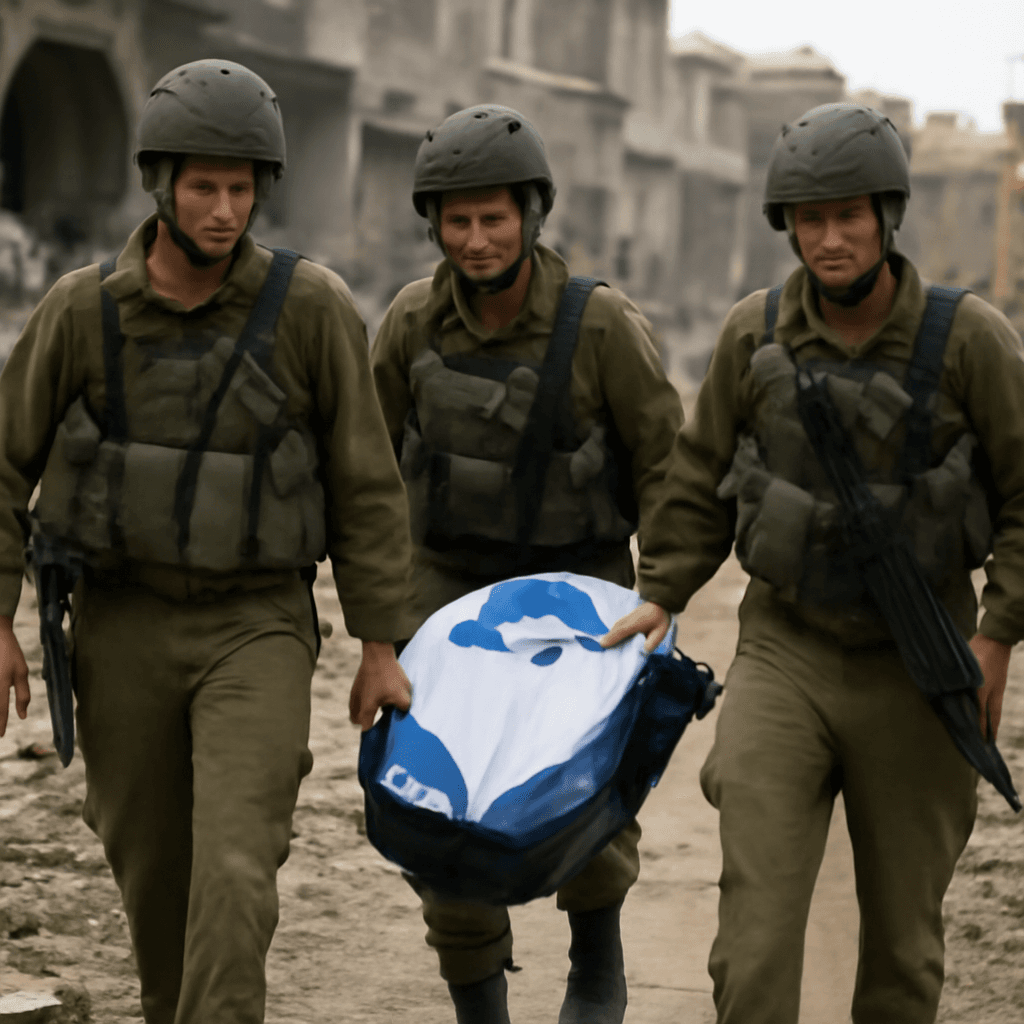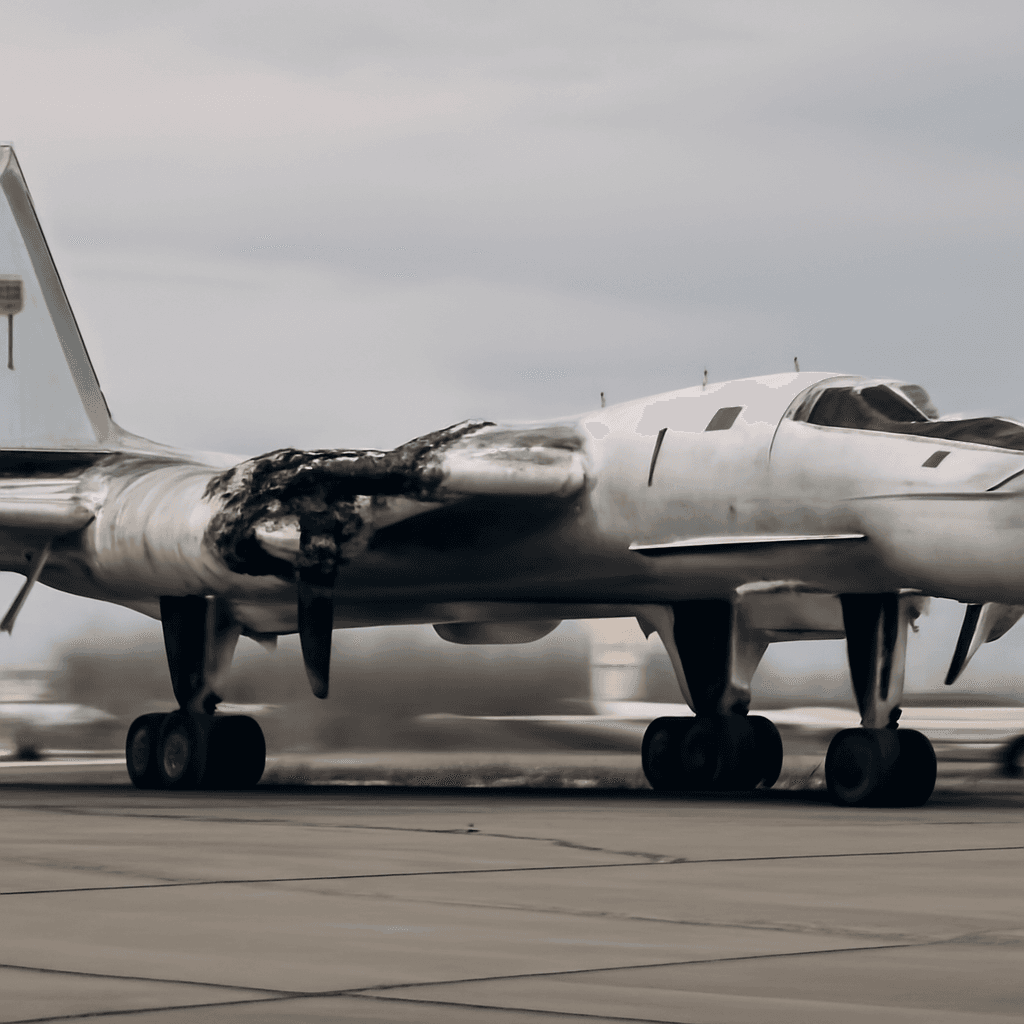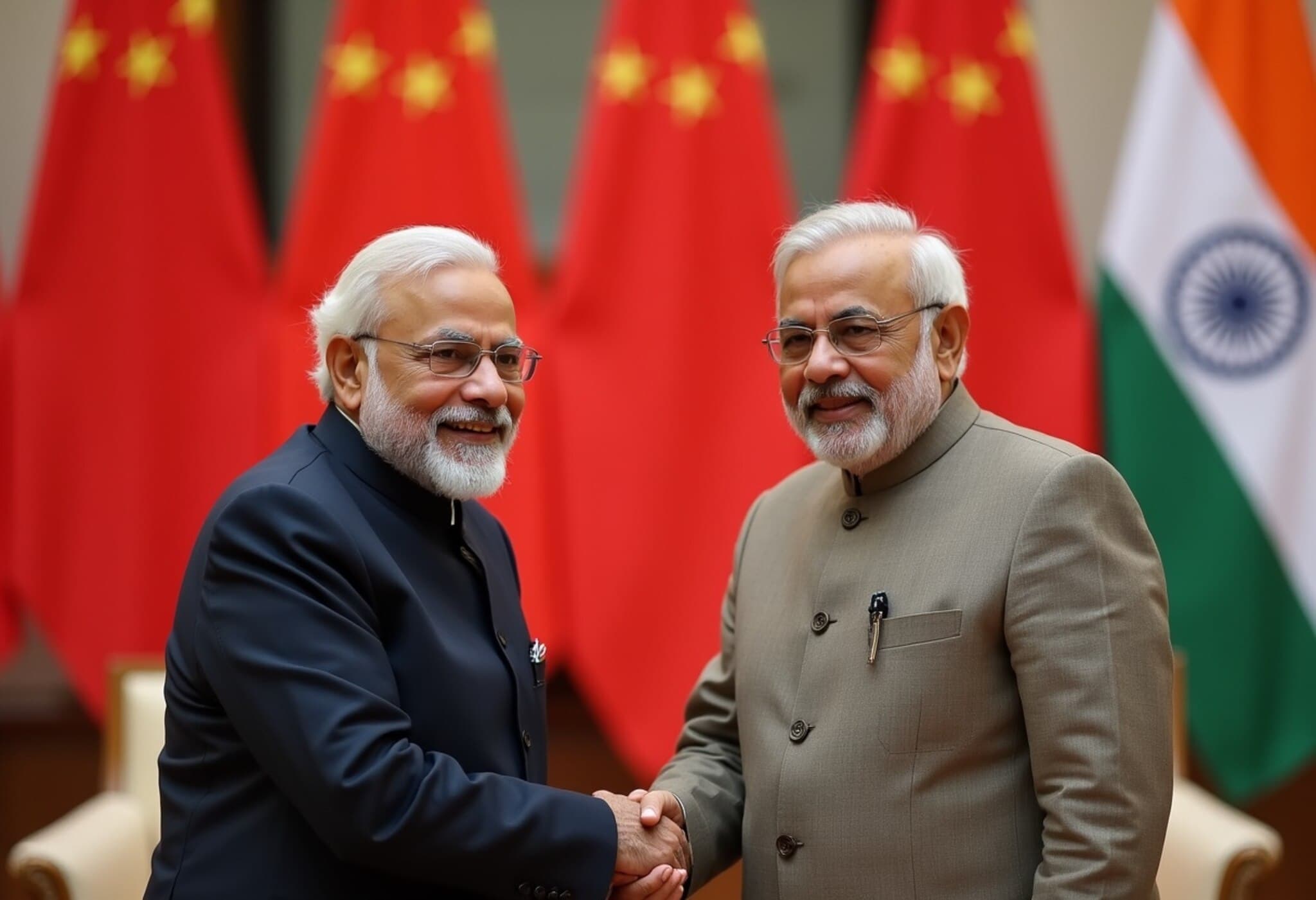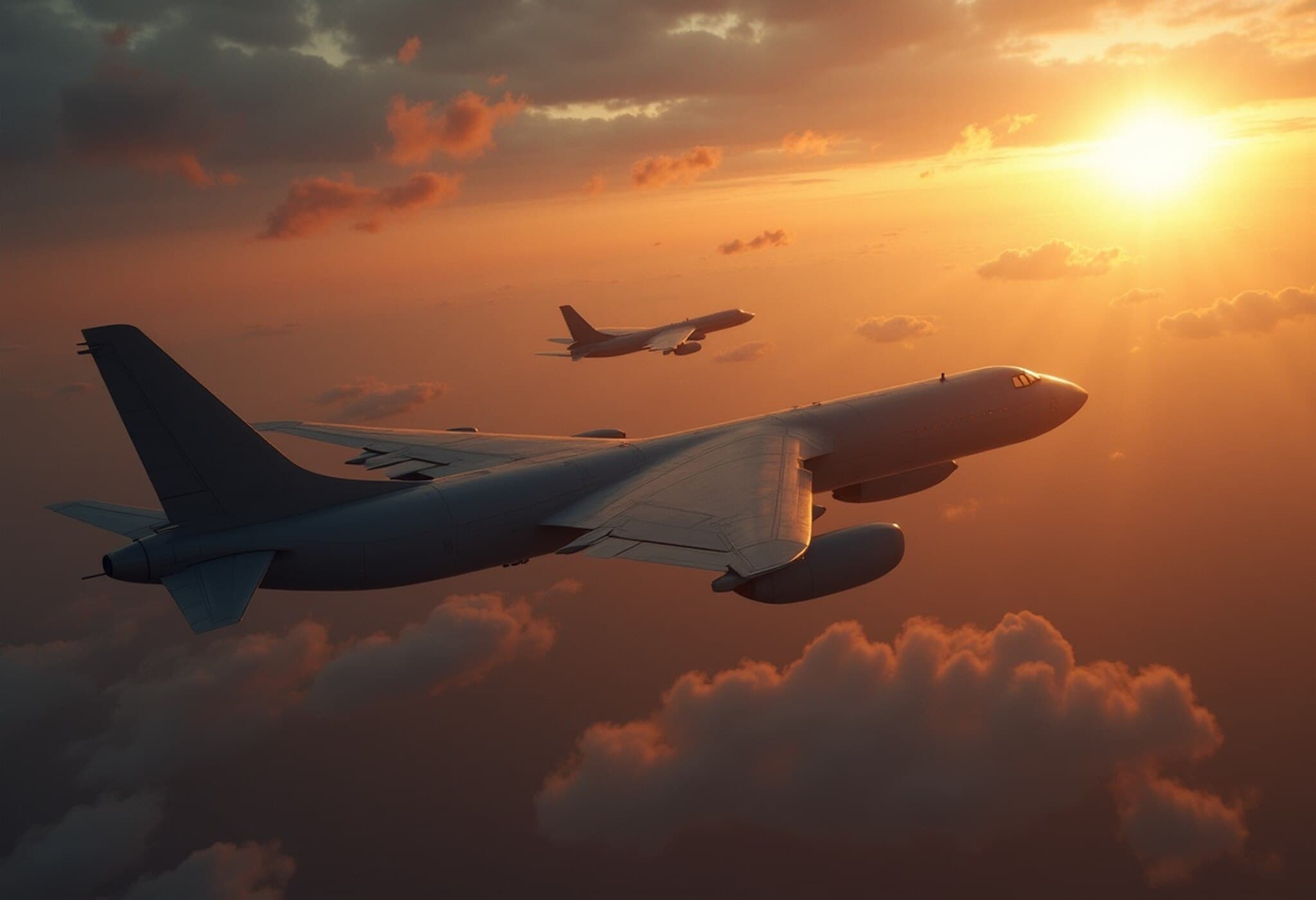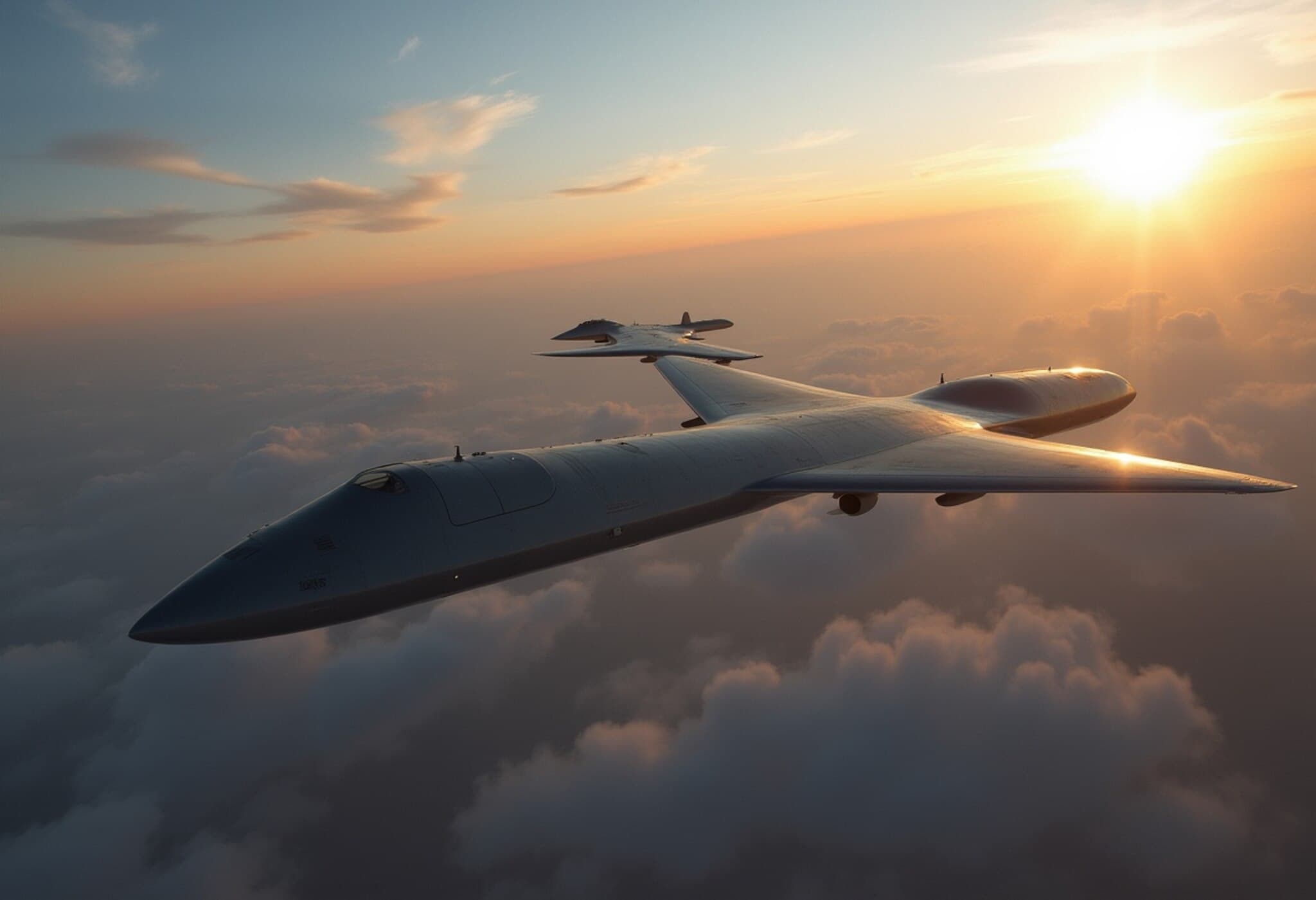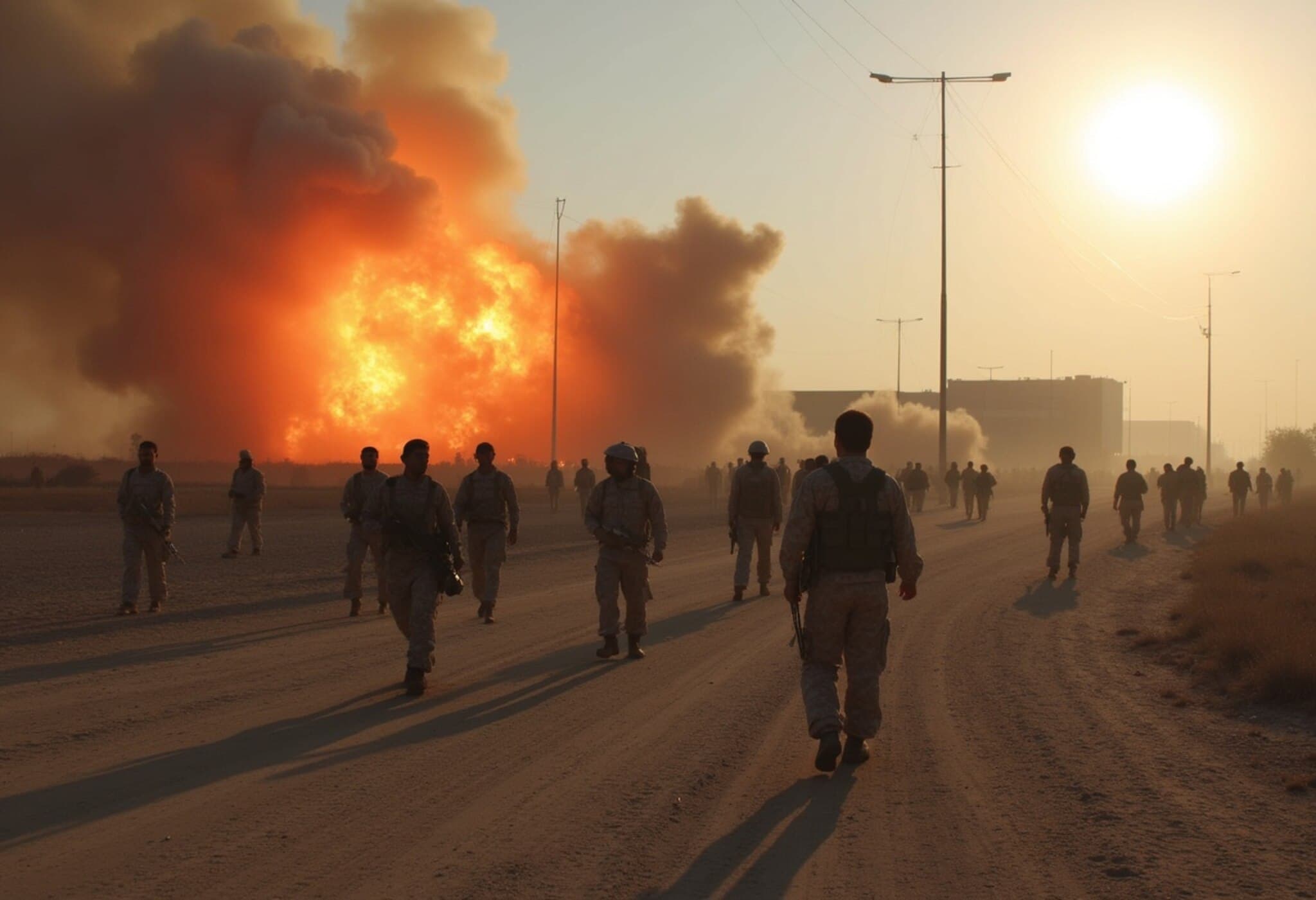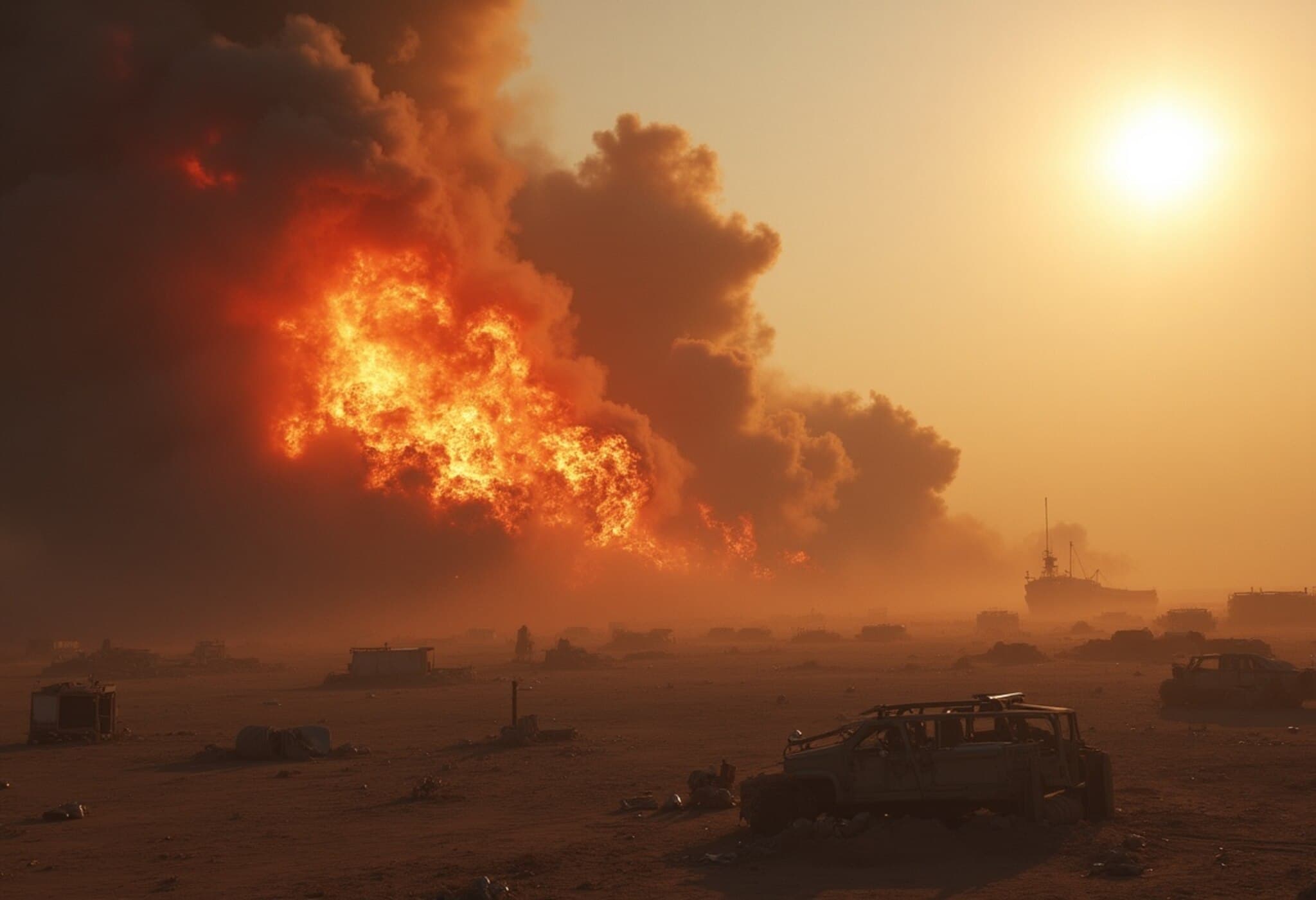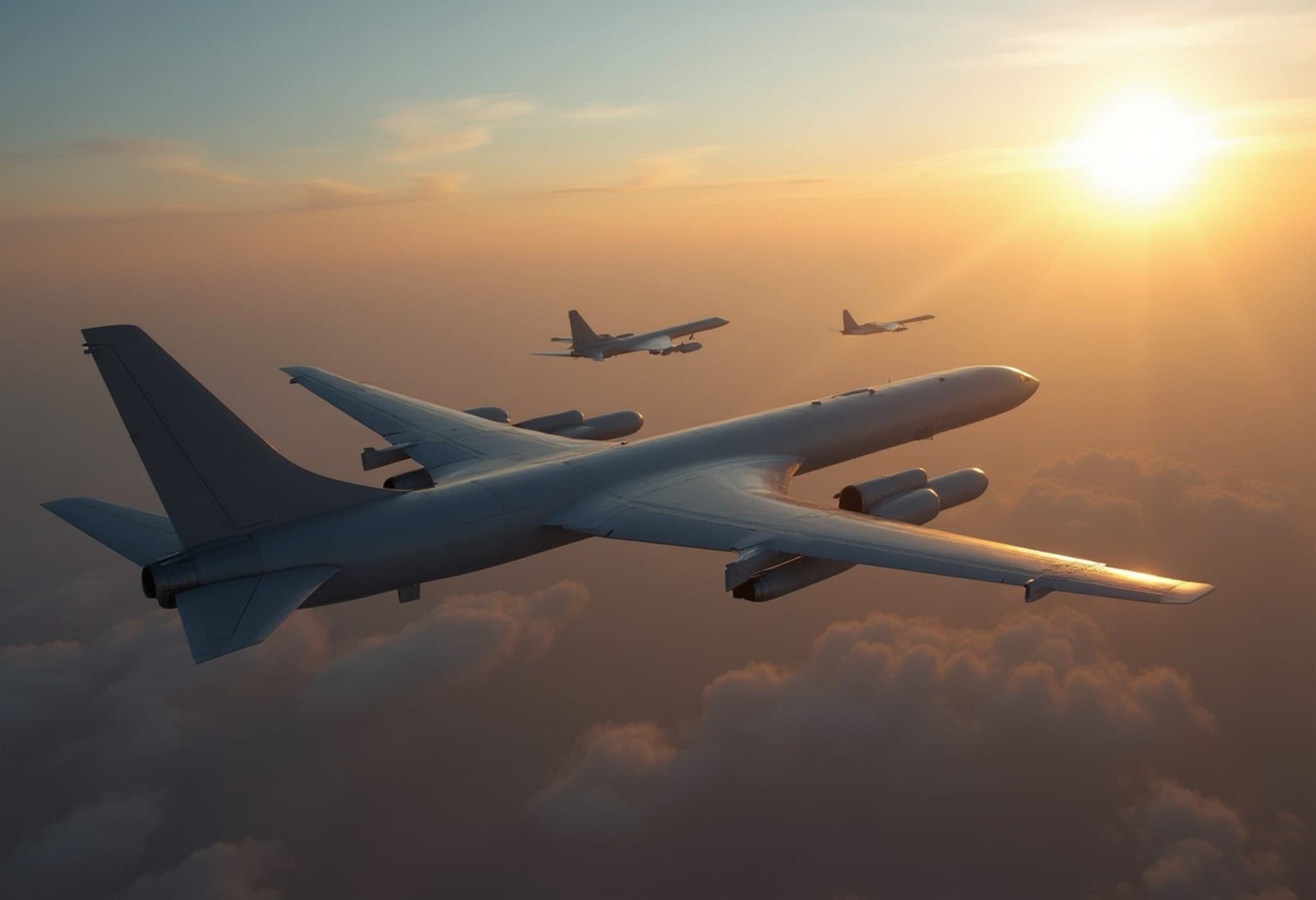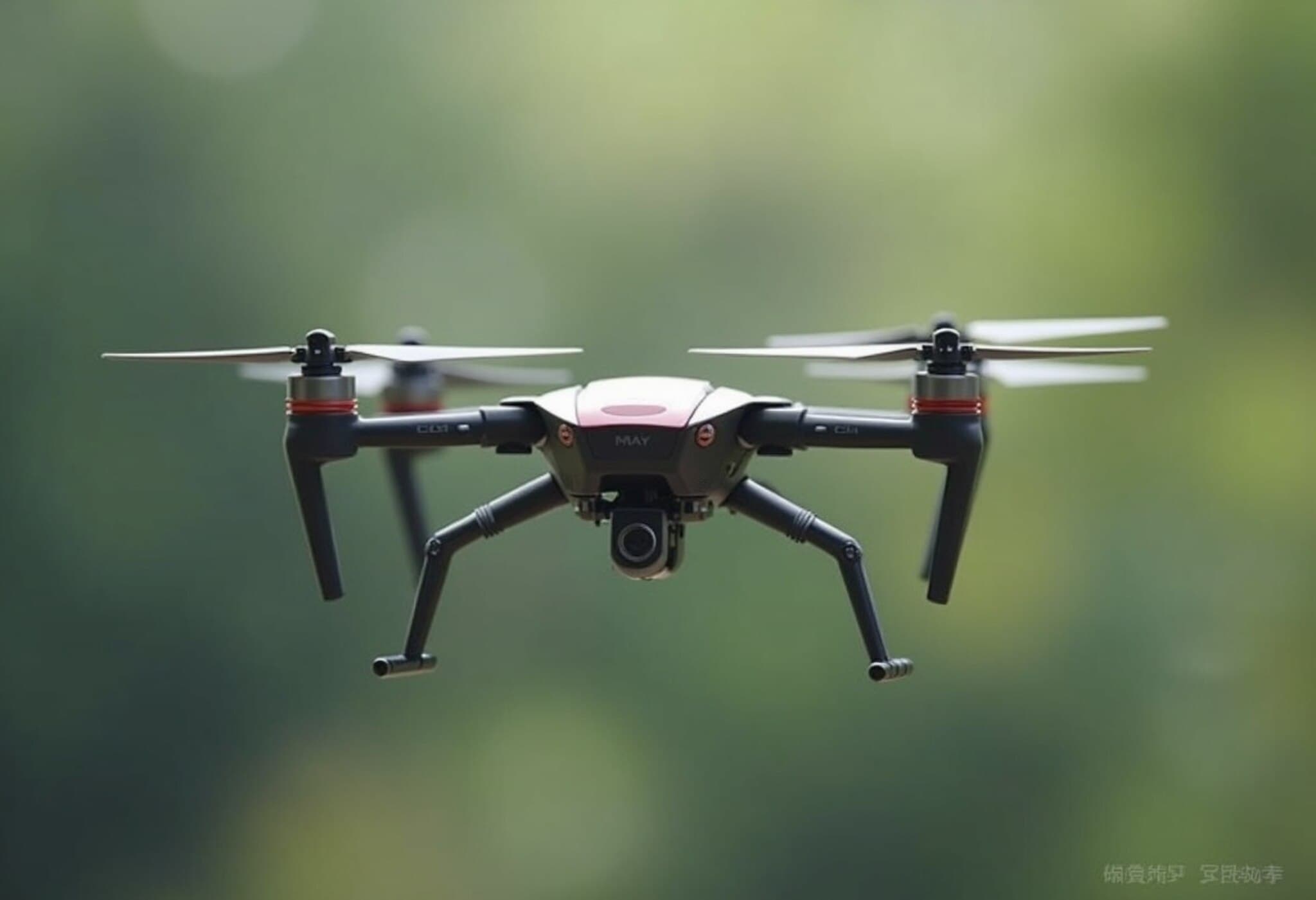Operation Midnight Hammer: A Historic Precision Strike
In a display of strategic military precision, the United States executed Operation Midnight Hammer, targeting three key nuclear sites in Iran. The mission showcased unprecedented coordination, combining stealth bomber strikes with submarine-launched cruise missiles to disable Iran’s nuclear infrastructure.
Unveiling the Mission’s Complexity and Secrecy
The operation was described as one of the most complex ever undertaken by US forces. According to the Joint Chiefs of Staff Chairman, General Dan Caine, the timing and details of the plan were tightly held secrets, known only to a select few in Washington.
On the night of the strike, seven B-2 Spirit stealth bombers, each manned by a two-person crew, took off for an 18-hour mission. Some of these aircraft acted as decoys, diverting attention by flying westward towards the Pacific Ocean, while the main force progressed quietly eastward with near-silent communications.
Precision and Synchronization in the Skies
The B-2s conducted multiple in-flight refuelings before rendezvousing with escort and support aircraft over land, engaging in a highly choreographed maneuver within a narrow air corridor. This level of joint force integration was highlighted as unmatched globally.
Simultaneously, a US submarine launched over two dozen Tomahawk cruise missiles targeting critical surface infrastructure well ahead of the bomber strike.
Deception and Suppression Tactics to Maintain Surprise
As the strike package neared Iranian airspace, sophisticated deception was employed. Fourth- and fifth-generation fighter jets raced ahead at high altitudes, sweeping for threats and confusing enemy radar systems. High-speed suppression weapons and fighter assets engaged preemptive strikes on any potential surface-to-air missile threats, ensuring the bombers’ safe passage.
Remarkably, there were no reported shots fired against the US forces either inbound or outbound, and Iranian fighters remained grounded throughout.
Precision Bombardment of Nuclear Targets
At precisely 6:40 pm EST (2:10 am local time), the lead B-2 deployed two GBU-57 Massive Ordnance Penetrators (MOPs) on the fortified Fordow nuclear site. Following this, the other bombers released additional MOPs across two nuclear target areas, dropping a total of 14 massive bunker-buster bombs.
Concurrently, Tomahawk missiles struck the Isfahan facility last to preserve tactical surprise throughout the operation.
Unprecedented Scale and Impact
More than 125 US aircraft participated in this mission, making it the largest B-2 operational strike in American history and the second longest B-2 mission ever flown, only surpassed by missions following the September 11 attacks.
It was also the first operational use of the GBU-57 MOP. Early battle damage assessments suggest severe destruction across all three targeted sites, although detailed evaluations will take time.
Conclusion
Operation Midnight Hammer demonstrated a flawless blend of advanced technology, tactical deception, and joint military expertise. By striking with precision and maintaining complete surprise, US forces significantly impaired Iran's nuclear capabilities without encountering direct resistance.


